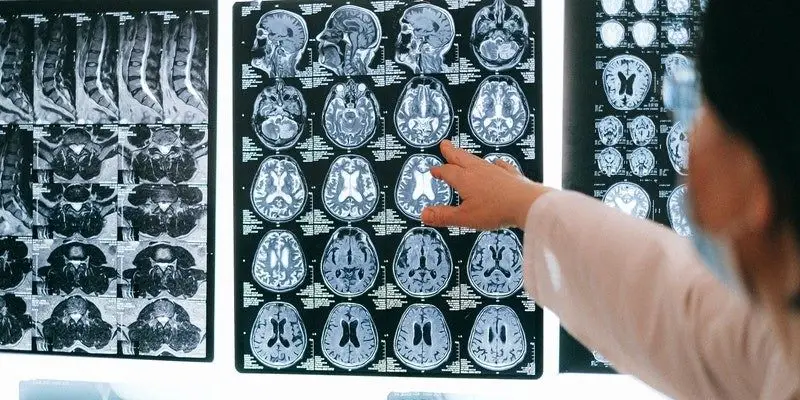Although we all have heard of “mindfulness”, what does this really mean in terms neuroscience and the brain?
It is very powerful to be present in the moment. This means that you should be able to focus your attention on the present moment. It is about living in the moment and not worrying about tomorrow.
Although living in the moment can be transformative, what does that do to the brain?
There are hundreds of trillions upon trillions of synapses in the human brain that allow brain cells to communicate with one another. These connections are formed by the brain’s 80-100 billion neurons.
Scientists still haven’t figured out how meditation and mindfulness affect the brain.
Because there’s so much more to learn, our knowledge of the brain is only the tip of an iceberg.
The Neuroscience of Mindfulness: An Inside Look
Mindfulness can be very helpful, as we have seen. Mindfulness can help us to cope better and improve our brain function.
Neuroplasticity is a way for the brain to reorganize. This happens by creating new neural connections throughout your life.
Research shows that mindfulness can increase resilience. This allows us to deal with challenges better.
Neuroplasticity is a method of “rewiring” and “hardwiring” your brain to achieve greater peace, happiness, health, and joy.
Sara Lazar, a Harvard Medical School neuroscientist, uses MRI technology for examining the brain. She examines the intricate structures of the brain in order to understand what is happening during meditation and yoga.
Lazar was a skeptic before she started taking yoga classes.
She felt the difference after attending just a few classes. She felt happier, calmer, and more compassionate after attending a few classes. This experience led her to refocus her research and focus on the specific changes in brain structure that meditation practice can bring about.
Lazar first studied individuals who had extensive meditation experience. This study focused on internal experiences.
Meditation might be able to slow down, or even stop, the age-related thinning in the frontal cortex. This brain area is responsible for the formation of memories.
As we age, we assume we lose our ability to remember. Lazar and her colleagues discovered that people who meditated in their 40s and 50s had the same amount grey matter as those who did it in their 20s and 30s.
Lazar used people who hadn’t meditated before in her second study. The participants attended weekly Mindfulness-based Stress Reduction Training Programs.
Participants also took part in various mindfulness activities, such as sitting meditation, mindful Yoga, and a body scan. Sessions lasted between 30-40 minutes each day.
Lazar conducted this study to determine if mindfulness meditation had positive psychological effects on the recipients.
Lazar was also interested to help people with chronic pain, insomnia and depression.
After eight weeks, the brain volume in four regions had increased. These regions were the most important.
- The Hippocampus
- The Temporoparietal junction
The study showed that the amygdala was one of the brain areas that suffered a decrease.
The brain structure known as the hippocampus looks like a seahorse. It’s responsible for emotion regulation, spatial orientation, learning, and memory storage.
The temporoparietal Junction is an area in the brain where the temporal and parietal areas meet. This brain area is responsible for compassion and empathy.
Study results also revealed that the amygdala had decreased. This means that the fight-or flight response, or reaction to threats, also decreased.
The better people respond to stress, the smaller the amygdala. According to the study, the decrease in brain grey matter correlates with changes in stress levels.
This research shows that people react differently to their environment than what is happening in real life.
Mindfulness can help you become more calm and in control of stressful situations.










